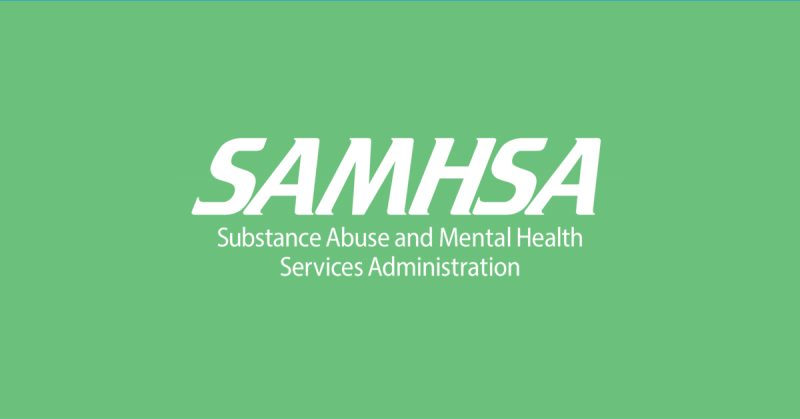TIC in Organizations: Ten Implementation Domains

Developing a trauma-informed approach requires change at multiples levels of an organization and systematic alignment with the ten key principles described below. The guidance provided here builds upon the work of Harris and Fallot and in conjunction with the key principles, provides a starting point for developing an organizational trauma-informed approach.
While it is recognized that not all public institutions and service sectors attend to trauma as an aspect of how they conduct business, understanding the role of trauma and a trauma-informed approach may help them meet their goals and objectives. Organizations, across service-sectors and systems, are encouraged to examine how a trauma-informed approach will benefit all stakeholders; to conduct a trauma-informed organizational assessment and change process; and to involve clients and staff at all levels in the organizational development process.
1. GOVERNANCE AND LEADERSHIP:
The leadership and governance of the organization support and invest in implementing and sustaining a trauma-informed approach. There is an identified point of responsibility within the organization to lead and oversee this work and peer voices are included.
2. POLICY:
There are written policies and protocols establishing a trauma-informed approach as an essential part of the organizational mission. Organizational procedures and cross-agency protocols reflect trauma-informed principles.
3. PHYSICAL ENVIRONMENT OF THE ORGANIZATION:
The organization ensures that the physical environment promotes a sense of safety.
4. ENGAGEMENT & INVOLVEMENT:
People in recovery, trauma survivors, consumers, and family members receiving services have significant involvement, voice, and meaningful choice at all levels and in all areas of organizational functioning (e.g., program design, implementation, service delivery, quality assurance, cultural competence, access to trauma-informed peer support, workforce development, and evaluation).
5. CROSS-SECTOR COLLABORATION
Collaboration across sectors is built on a shared understanding of trauma and principles of a trauma-informed approach. While a trauma focus is not the stated mission of different service sectors, understanding how trauma impacts those served and integrating this knowledge across service sectors is critical.
6. SCREENING, ASSESSMENT AND TREATMENT SERVICES:
Interventions are based on the best available empirical evidence and science, are culturally appropriate, and reflect principles of a trauma-informed approach. Trauma screening and assessment are an essential part of the work. Trauma-specific interventions are acceptable, effective, and available for individuals and families seeking services. When trauma-specific services are not available within the organization, there is a trusted, effective referral system in place that facilitates connecting individuals with appropriate trauma treatment.
7. TRAINING AND WORKFORCE DEVELOPMENT:
Continuous training on trauma, peer support, and how to respond to trauma is available for all staff. A human resource system incorporates trauma-informed principles in hiring, supervision, and staff evaluation; procedures are in place to support staff with trauma histories and/or those experiencing significant secondary traumatic stress from exposure to highly stressful material.
8. PROGRESS MONITORING AND QUALITY ASSURANCE:
There is ongoing assessment, tracking, and monitoring of trauma-informed principles and effective use of evidence-based and trauma-specific screening, assessments, and treatment.
9. FINANCING:
Financing structures are designed to support a trauma-informed approach which includes resources for staff training, development of appropriate facilities, establishment of peer support, and evidence-supported trauma screening, assessment, services, and interventions.
10. EVALUATION:
Measures and evaluation designs used to evaluate service or program implementation and effectiveness reflect an understanding of trauma and appropriate trauma-research instruments.
This is a snippet from SAMHSA’s Concept of Trauma and Guidance for a Trauma-Informed Approach. View the full paper here: https://nhchc.org/wp-content/uploads/2020/01/SAMHSAs-Concept-of-Trauma-and-Guidance-for-a-Trauma-Informed-Approach-July-2014.pdf








